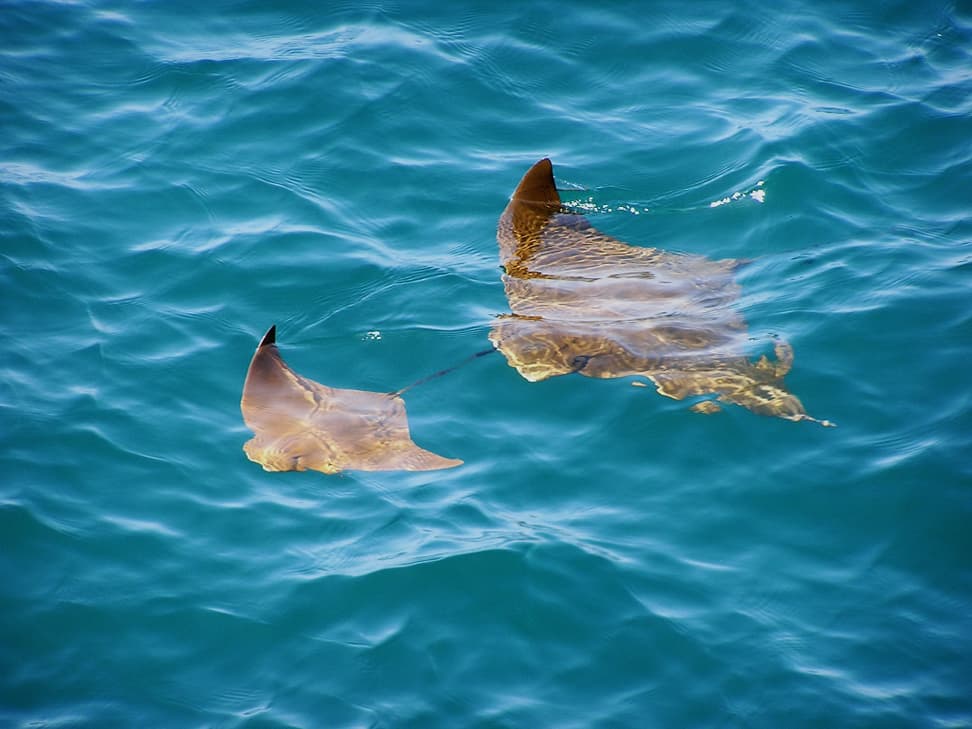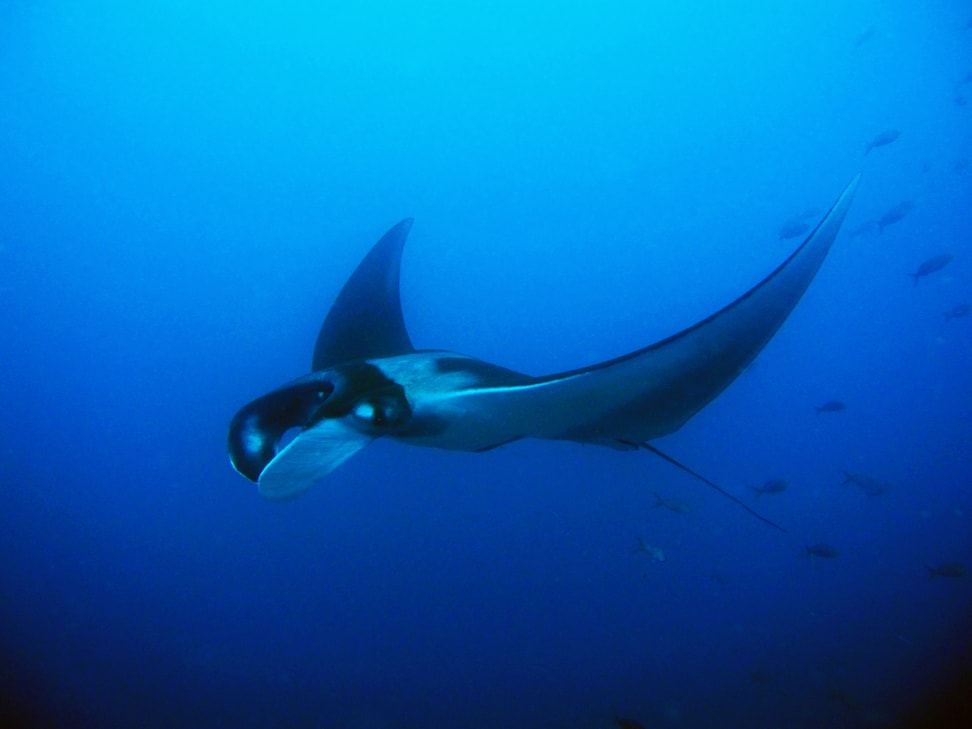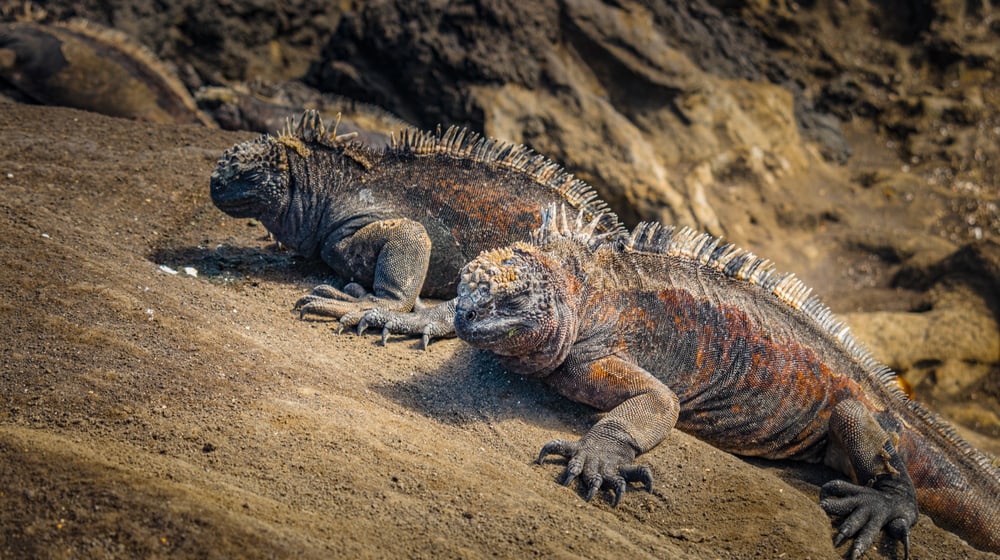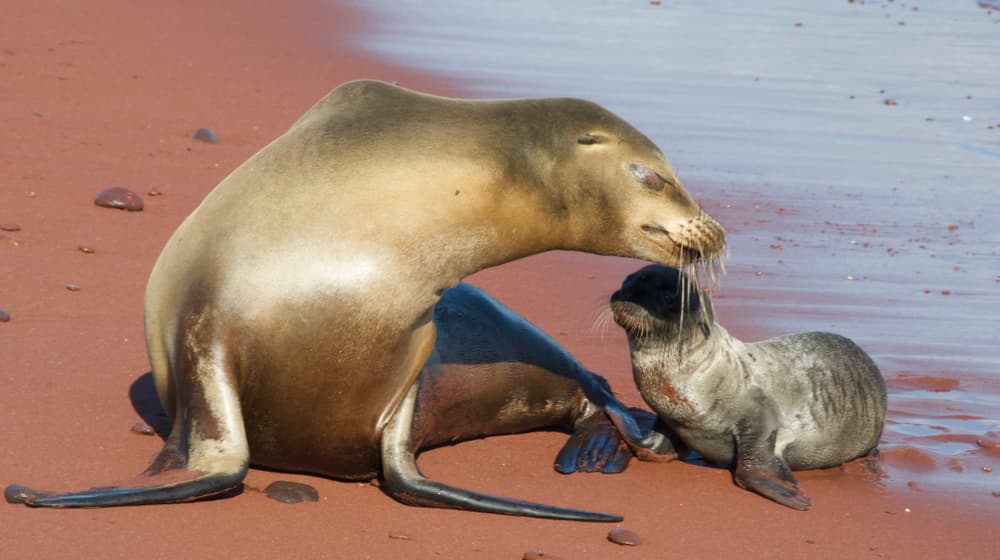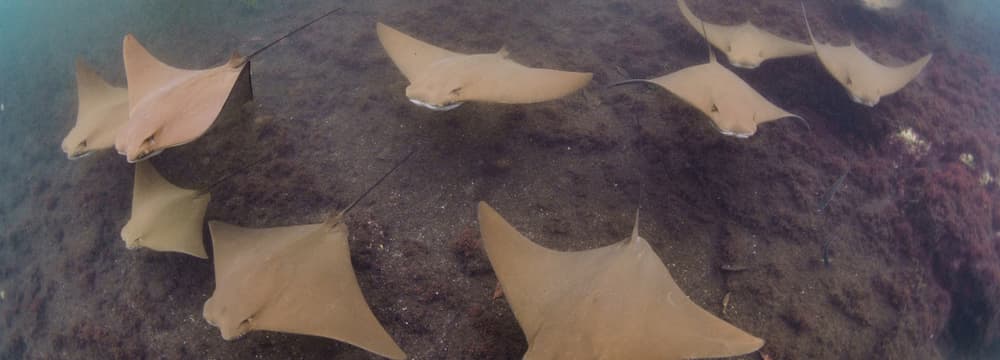
Help protect the rays of Galápagos
Have you ever seen a ray in the sea or perhaps snorkeled next to one? Most of us presumably only know these animals from pictures or aquariums.
Researchers recently examined the mangrove lagoons off San Christóbal in search of growing sharks. In the process, they noticed that there are also a lot of young rays in these lagoons. Apparently, the two cartilaginous fish share their nursery. The researchers collected tissue samples not only from the young sharks but also from spotted eagles and golden rays. When analyzing this data, they realized how little we know so far about these unusual
marine inhabitants of the Galápagos Marine Reserve.
In particular, there is a lack of knowledge about their way of life, e.g. in which radius the rays move or whether they migrate and if so, where to.
Moreover, there is as yet no genetic material of these animals that would allow comparisons between the
individual ray species in the marine protected area around Galápagos.
Since many ray species are classified as endangered by the
International Union for Conservation of Nature (IUCN), it is important to collect comprehensive data on the relationship, distribution, and lifestyle of these cartilaginous fish. Only in this way can projects be developed that meet the needs
of the rays and enable their long-term protection.
Unfortunately, fishing fleets still catch rays by the thousands or they end up as by-catch in fishing trawls. Unsustainable fishing methods in particular cause the animals in the Galápagos Marine Reserve to be threatened as well. Rays feed near the surface of the sea, filtering plankton and crustaceans from the water, just like whale sharks. Unfortunately, massive injuries from ship propellers occur time and again in this process.
This is why researchers now want to collect comprehensive data in three mangrove lagoons in the south of
the island and at a collection point of manta rays near the town of Puerto Villamil on Isabela. It is hoped to gain new insights into the genetic composition, population sizes, and behavior of the different ray species. Additionally, individual characteristics of individual rays will be recorded in order to be able to recognize them later.
Of particular interest are the golden rays (Rhinoptera steindacheneri). They are considered almost
endangered, and their exact population sizes from Galápagos are not known.
The same applies to the spotted eagle ray (Aetobatus occelatus). It is classified as threatened by the IUCN. The habitat and nurseries of these two ray species are to be intensively studied in order to estimate the size
of their populations and thus provide the IUCN with up-to-date figures.
The large manta ray (Mobula birostris) is also considered endangered. Genetic data so far suggest that the animals off Galápagos are even a separate species. The fish will also be fitted with transmitters to find out to what extent they meet manta rays from other habitats. This will help to find out where the animals spend the rest of the year.
Please help us to learn more about these interesting sea creatures and thus protect them permanently!

Spotted eagle ray (by Kate Rattray)
